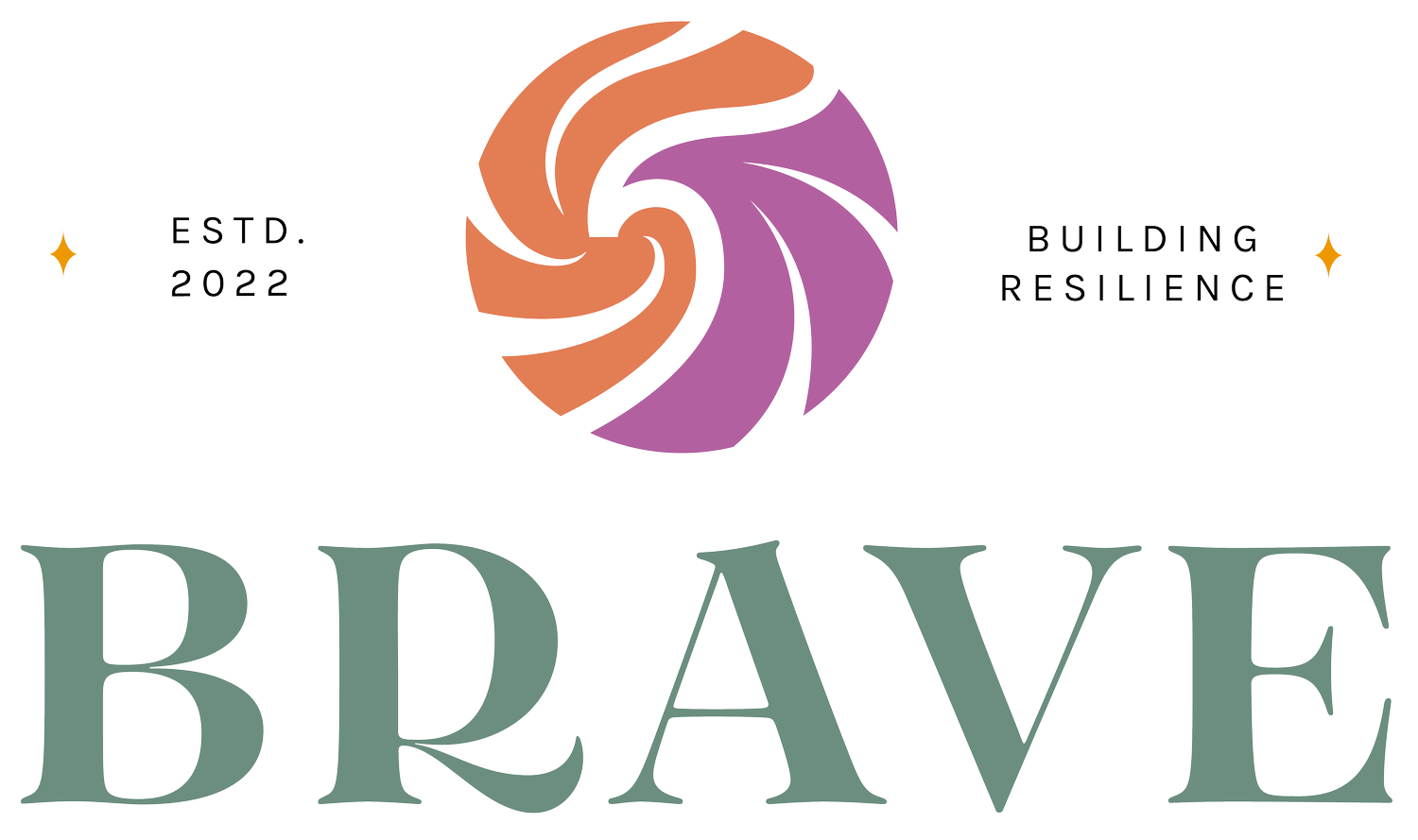What If You’re Already Resilient? Naming Vicarious Resilience as a Trauma Therapist
You Know Vicarious Trauma, But What About Vicarious Resilience?
We know the signs of vicarious trauma by heart.
The exhaustion that doesn’t go away with rest.
The stories we carry home without meaning to.
The sense that our nervous system is always just slightly “on.”
But what about the moments that soften us?
The glimmers of connection that land in our chest?
The parts of this work that feel — dare we say it — good?
This week, as we close out Mental Health Awareness Month, we’re shifting the spotlight toward a concept we don’t talk about nearly enough: vicarious resilience.
Because being human as a therapist means honoring the full story — not just the cost of what we carry, but also the good that comes through.
Vicarious Resilience Is a Nervous System Response, Not Just a Buzzword
We’re fluent in the language of trauma.
But many of us don’t have a vocabulary for what happens when something good lands in the room — and in our bodies.
Vicarious resilience is what happens when your nervous system registers growth, safety, or connection within your work as a trauma therapist.
Think back to when we talked about the neurobiology of peer support. Those same pathways apply here:
Your mirror neurons fire when you witness someone else soften.
Your vagus nerve responds when the tone in the room shifts toward safety.
Your brain releases oxytocin when you feel emotionally attuned with a client.
This happens all the time in your work. Like when you see a client sit up straighter after months of collapse, or hear someone say, “I finally feel like myself again.”
When you close a session and realize you’re smiling — not out of pride, but connection.
That’s not a fluke. That’s your body letting in what’s good.
And it matters.
Why We Miss These Moments And Why That Matters
We’ve been trained to notice what’s wrong.
To track risk.
To manage what’s heavy.
We weren’t trained to let what’s healing register.
Sometimes that’s because it doesn’t trigger urgency.
Other times it’s because it feels awkward to name something good:
“Is this just about me?”
“Should I feel proud?”
“Is this even professional?”
And when we do let it in, we often do it in private — if at all.
But the cost of filtering out these moments is real.
When we only take in the painful parts of the work, we begin to believe they’re the whole truth. We forget what’s sustaining us. And over time, that forgetfulness makes us more brittle. Less connected. More alone.
Vicarious resilience isn’t a fluffy reframe.
It’s a nervous system intervention.
And it’s one we’re allowed to practice.
What Vicarious Resilience Actually Looks Like in Practice
A few months ago in BRAVE, a member shared this:
“My client — who’s barely made eye contact in months — looked right at me today and said, ‘Thank you for not giving up on me.’I felt like something cracked open in me, not just in her.”
If you’ve been reading this blog and wondering, what exactly is vicarious resilience? That’s it.
That’s vicarious resilience.
Not a clinical milestone.
Not a breakthrough intervention.
Just a human moment.
A co-regulated nervous system.
A glimmer.
And when this BRAVE member named it, something beautiful happened.
Other members chimed in:
“That story helped me remember why I’m still doing this.”
“That’s the first time I’ve felt warmth in my chest all day.”
“I had a moment like that last week — I just didn’t know what to call it.”
This is how vicarious resilience works.
It doesn’t need to be performative.
But it does want to be witnessed.
When we name it — even quietly — it deepens and enhances.
It becomes something we can return to.
And it helps others feel it too.
This Is Mental Health Care Even If It Doesn’t Look Like It
Letting in what’s good isn’t spiritual bypassing.
It’s not about ignoring the pain or pretending the work is easy.
It’s about letting your body integrate the full experience — not just the parts that hurt.
When you pause to feel the good, you’re not being selfish.
You’re being human.
You’re preserving your ability to stay in this work without losing yourself.
Vicarious resilience is what helps you stay.
Reflection + Invitation: #BeingHumanAsATherapist
So here’s your invitation:
Take a breath.
Think back to a moment this month — even a tiny one — when something landed in your chest.
A sentence. A glance. A shift in posture. A moment of warmth.
Let your body feel it again.
That’s vicarious resilience.
That’s your nervous system saying: “This part matters too.”
If you feel ready, share it.
Post about it with #BeingHumanAsATherapist
Tag @braveproviders
Text it to a colleague
Or write it just for yourself
Because the more we name these moments, the more we remember we’re not only absorbing pain.
We’re absorbing healing, too.
And that is allowed to matter.






